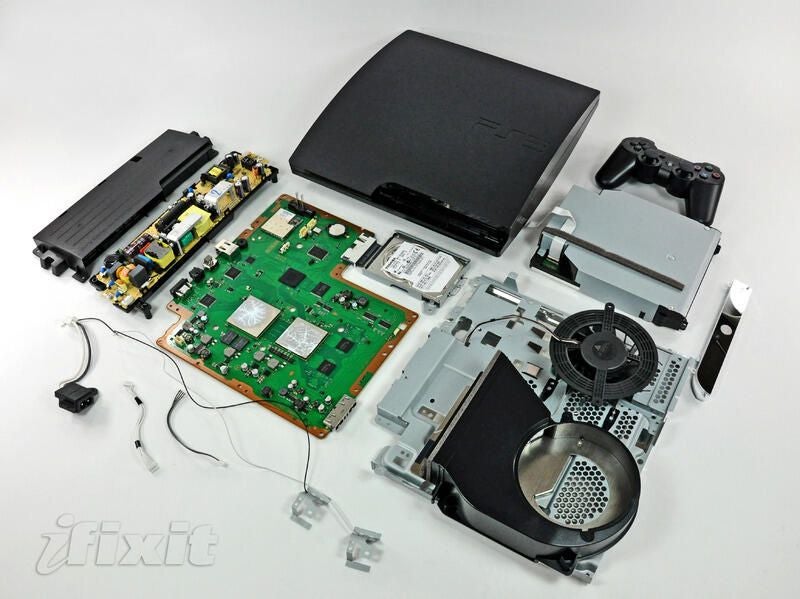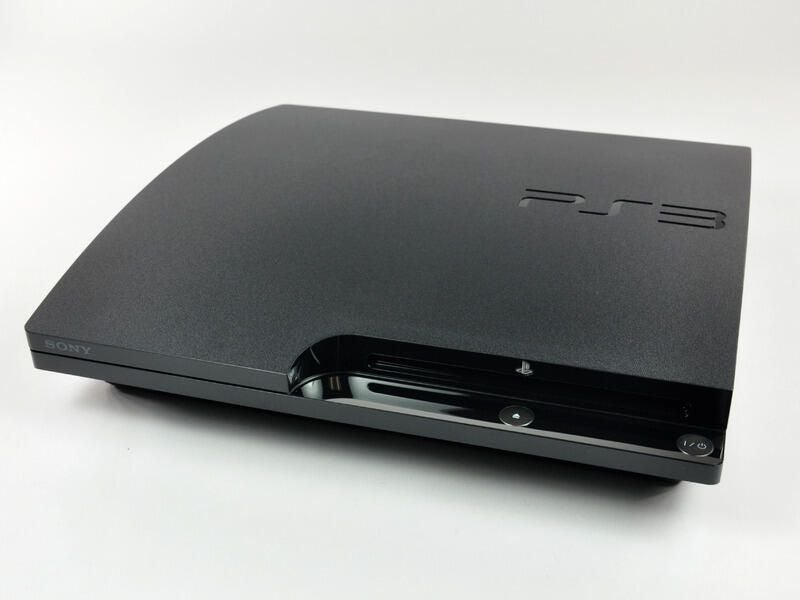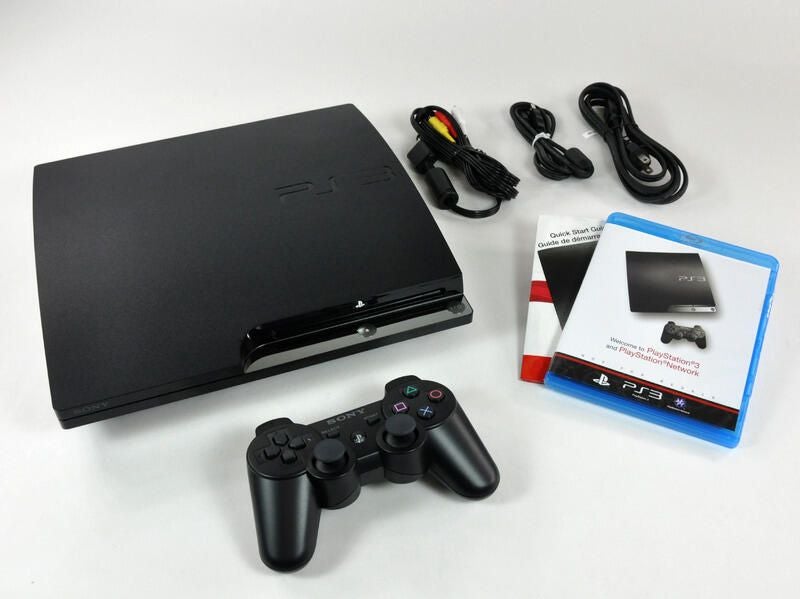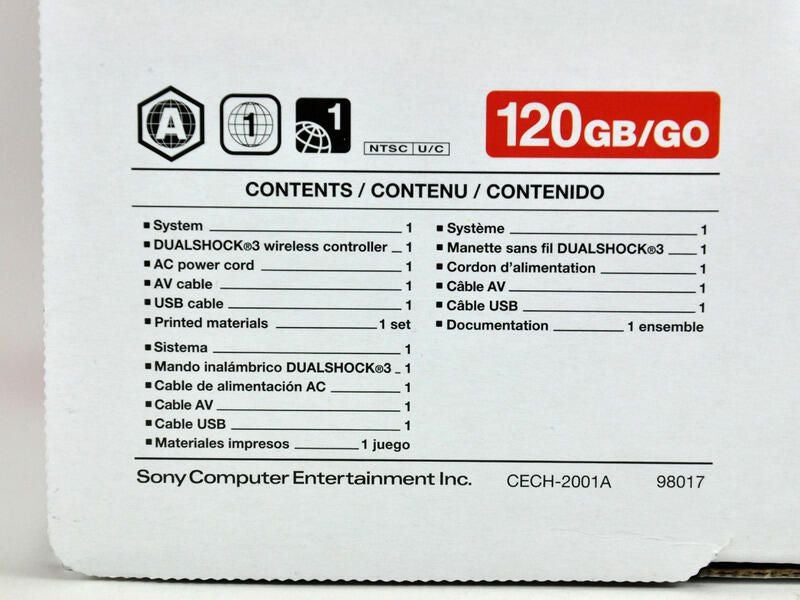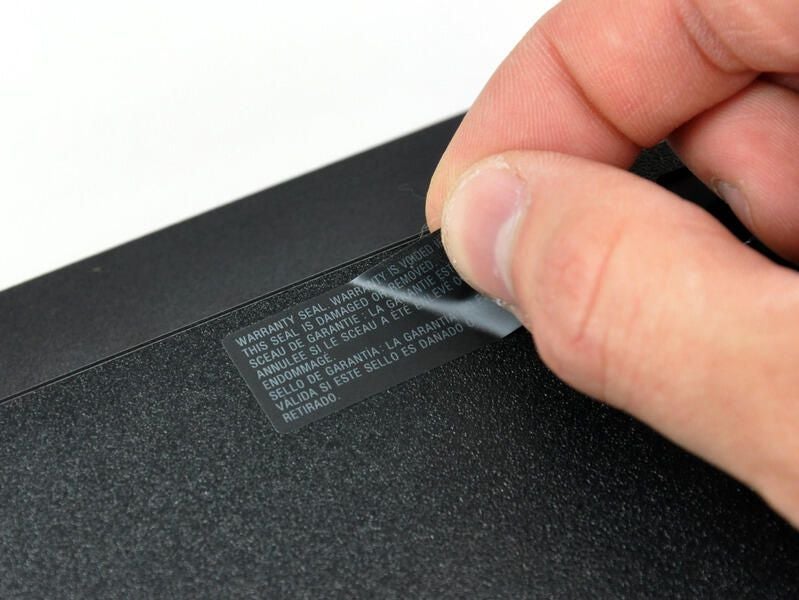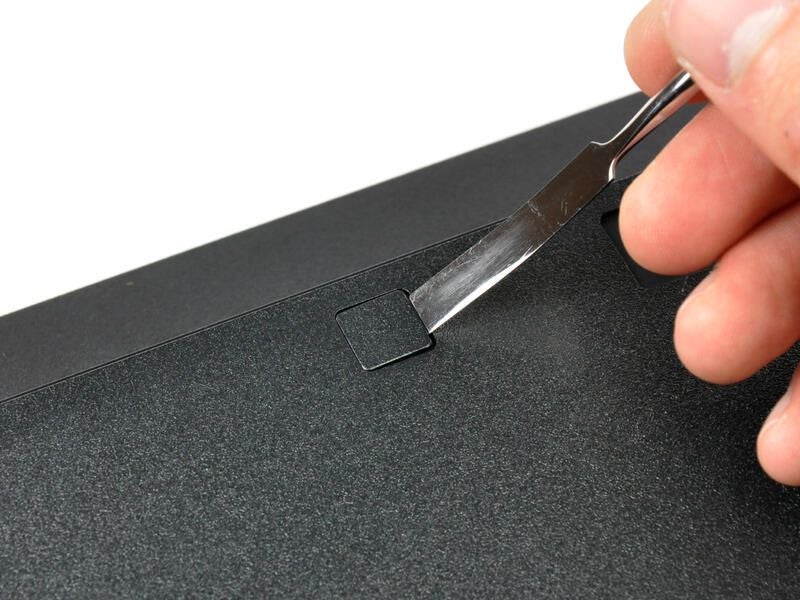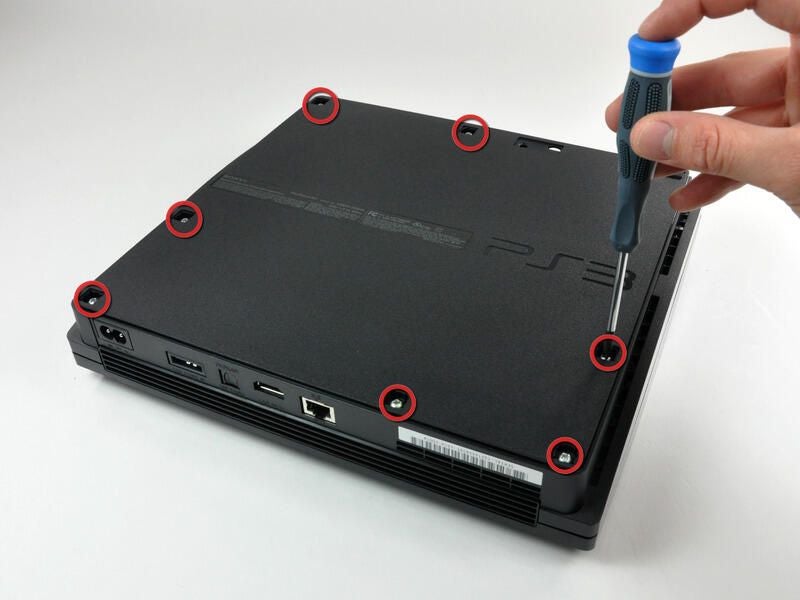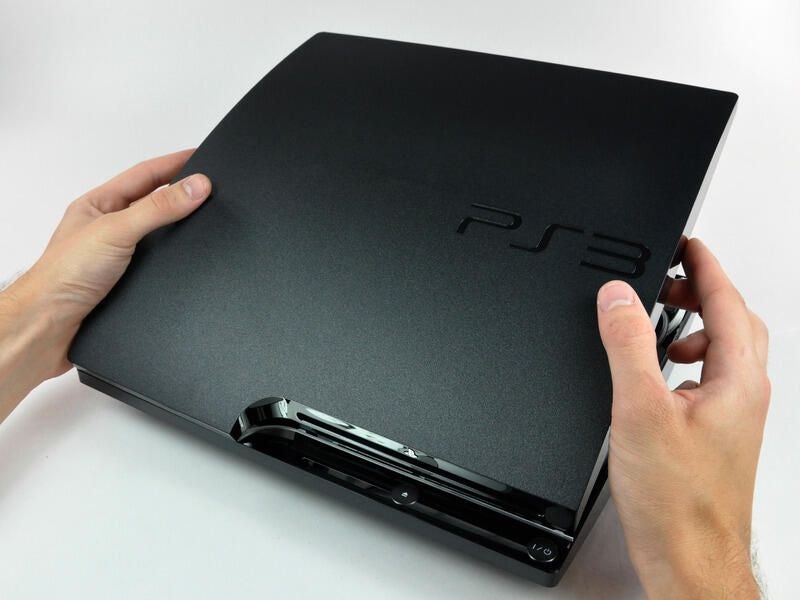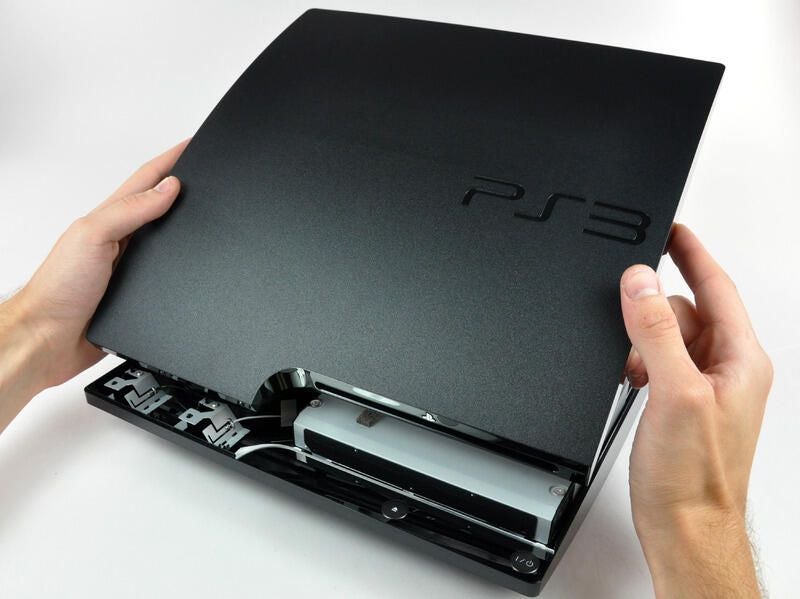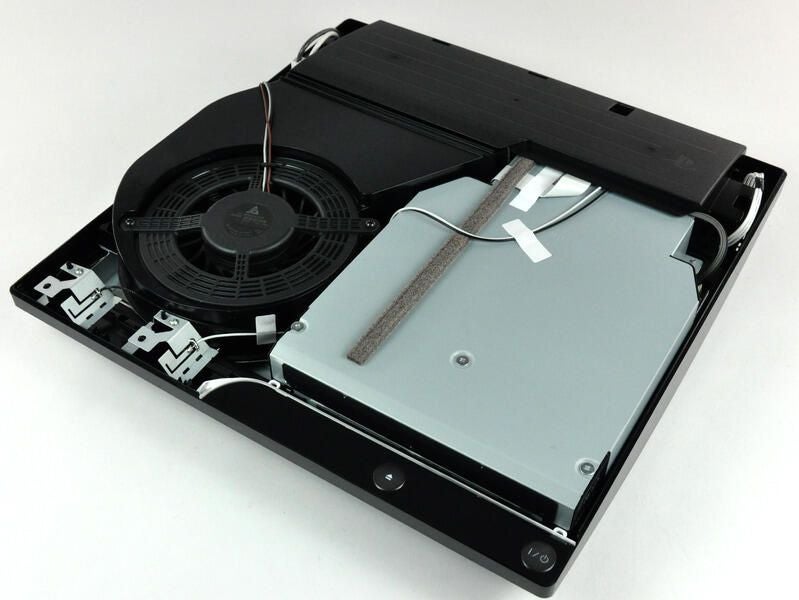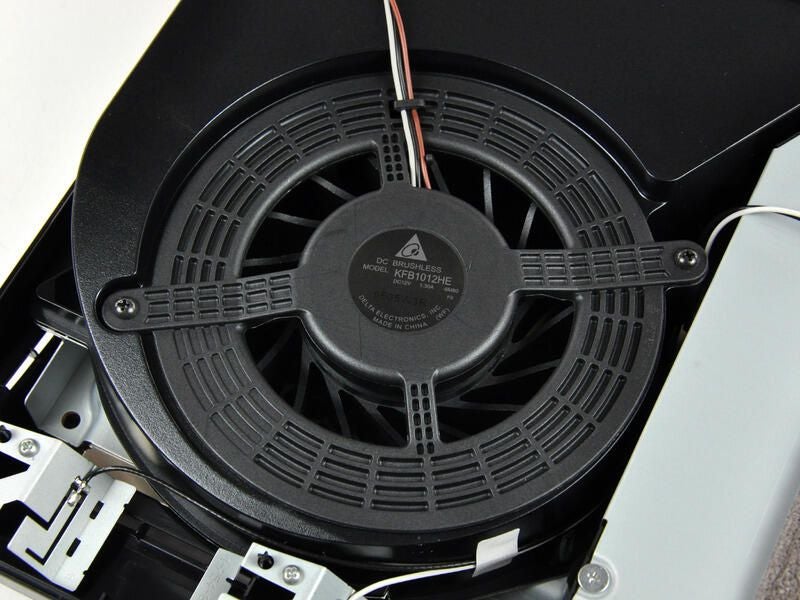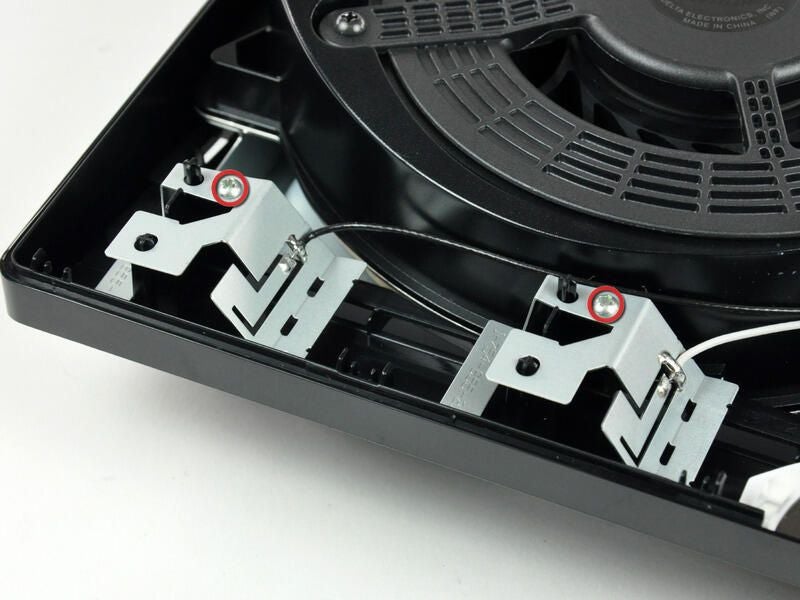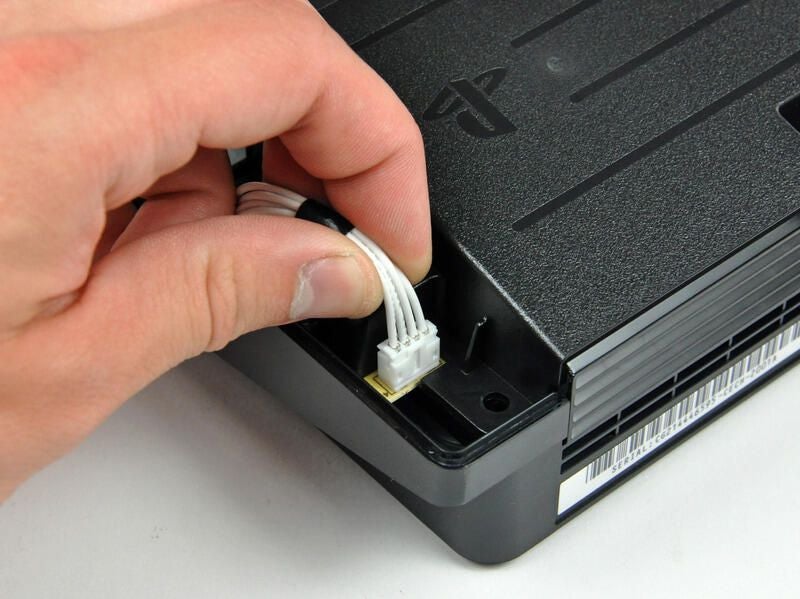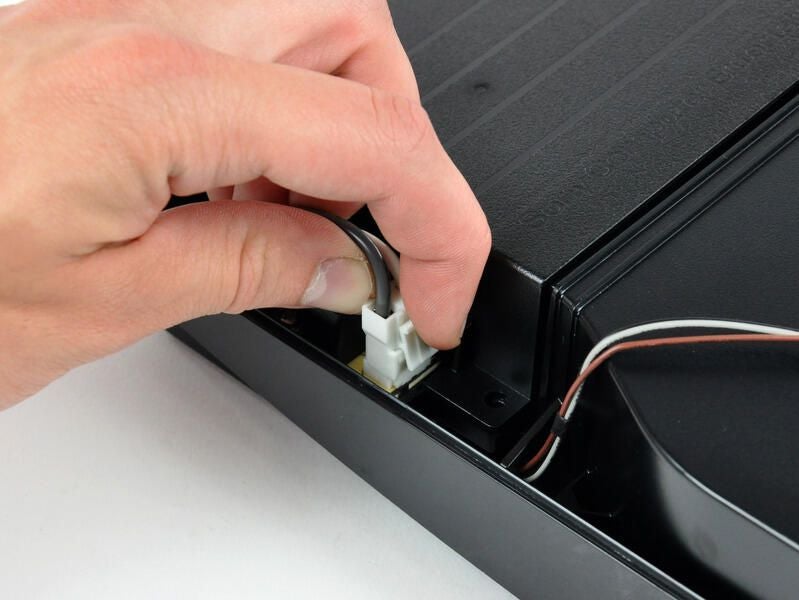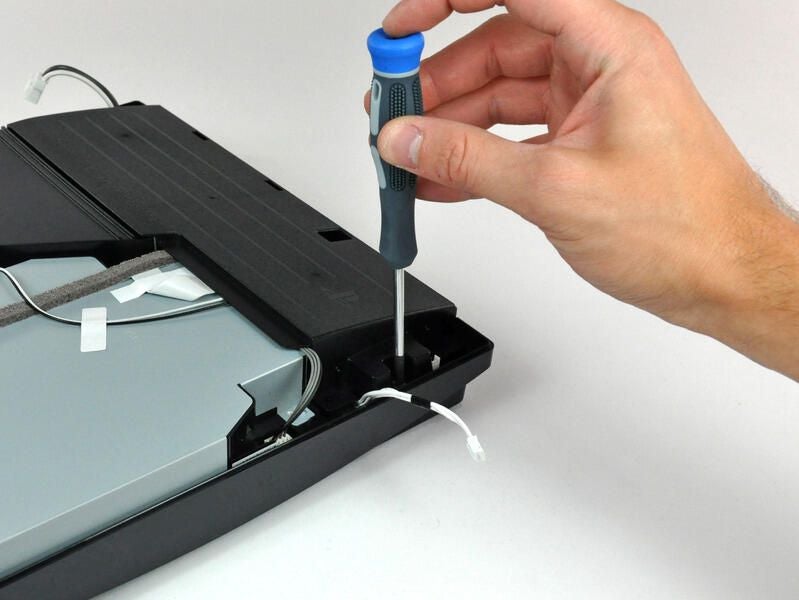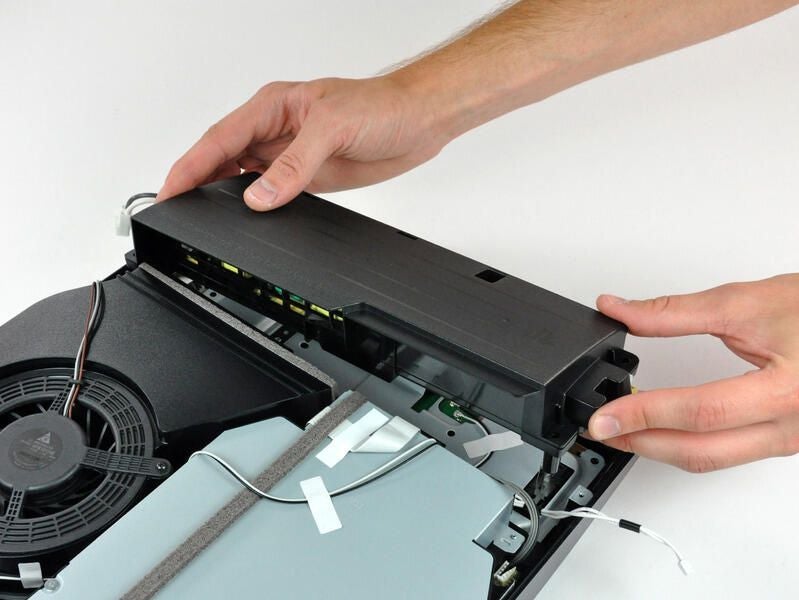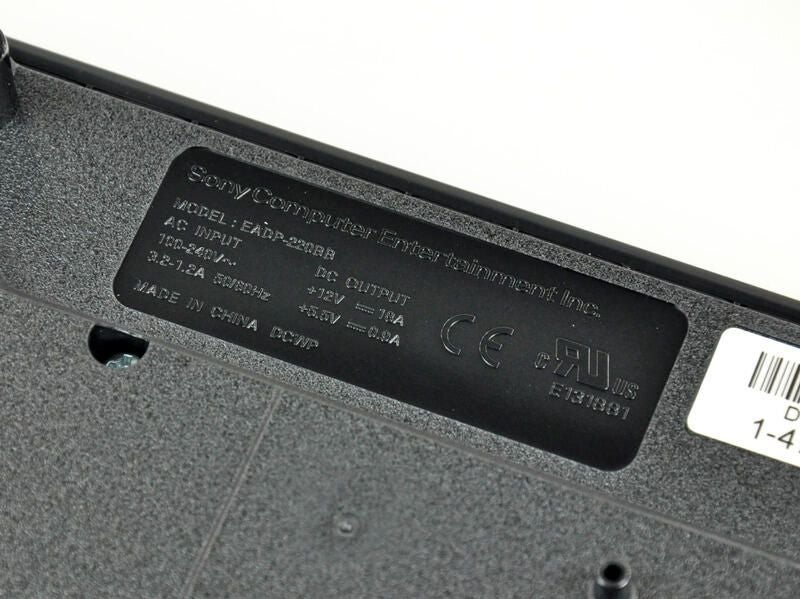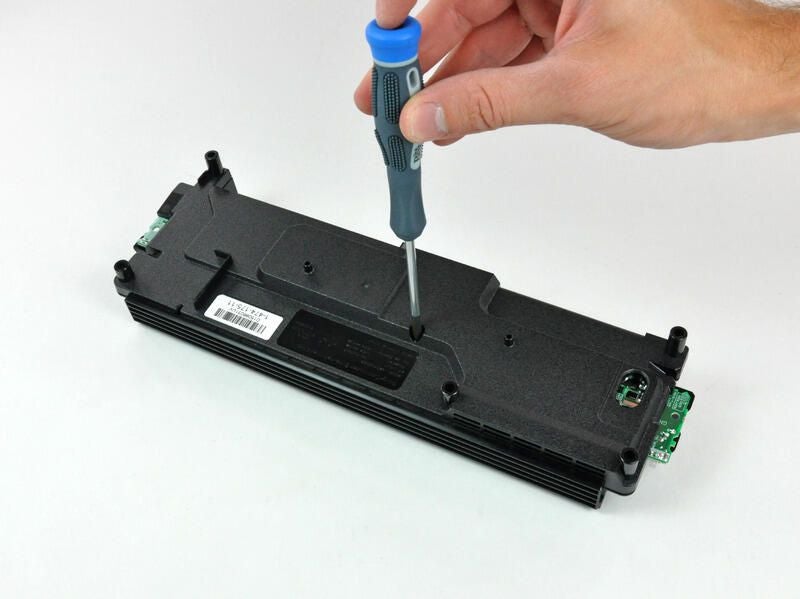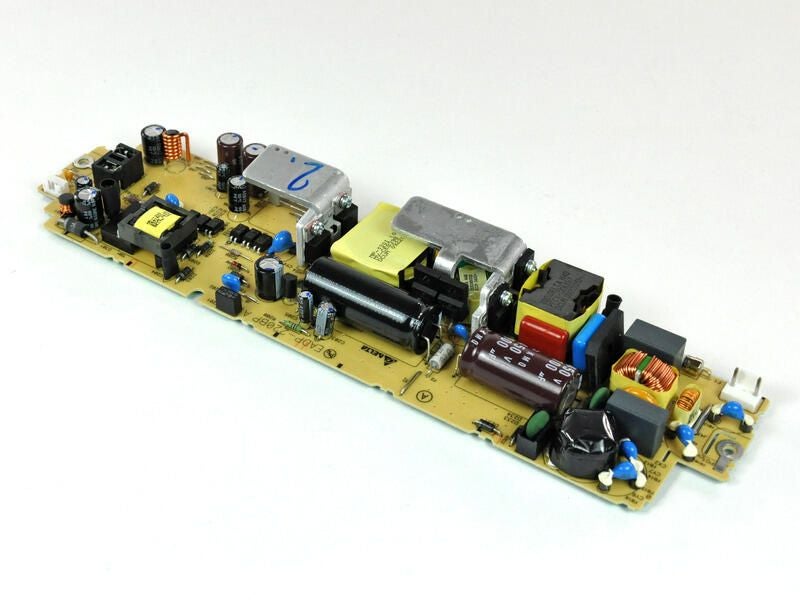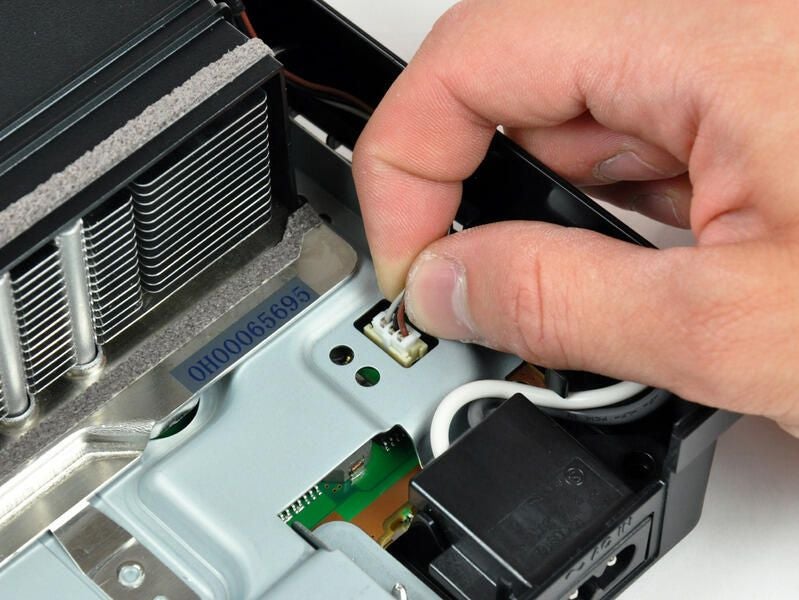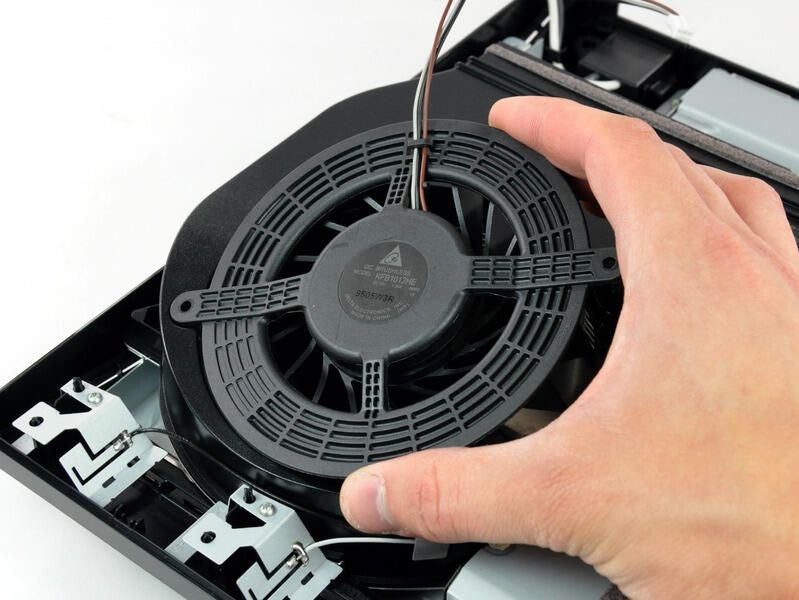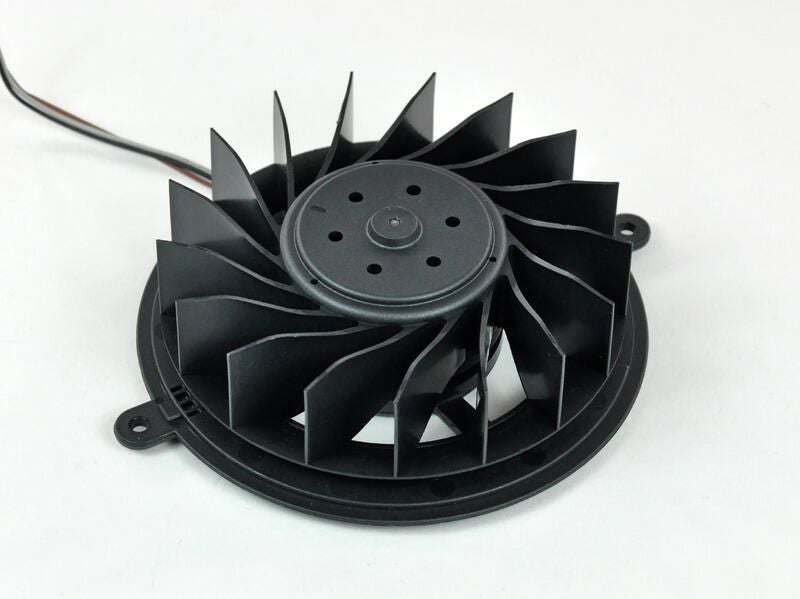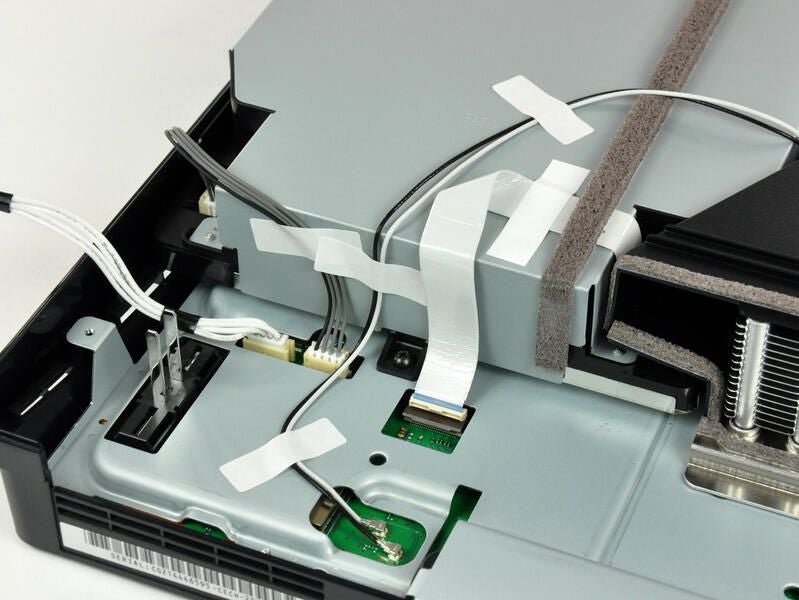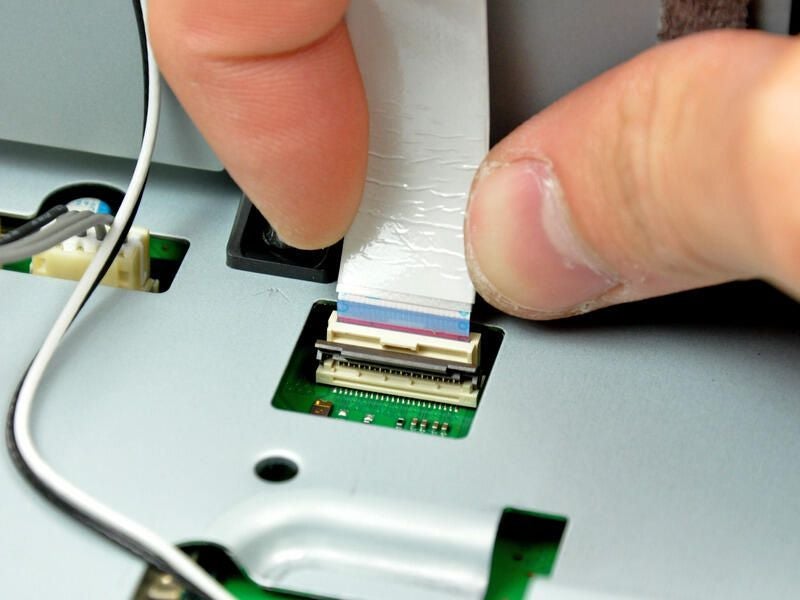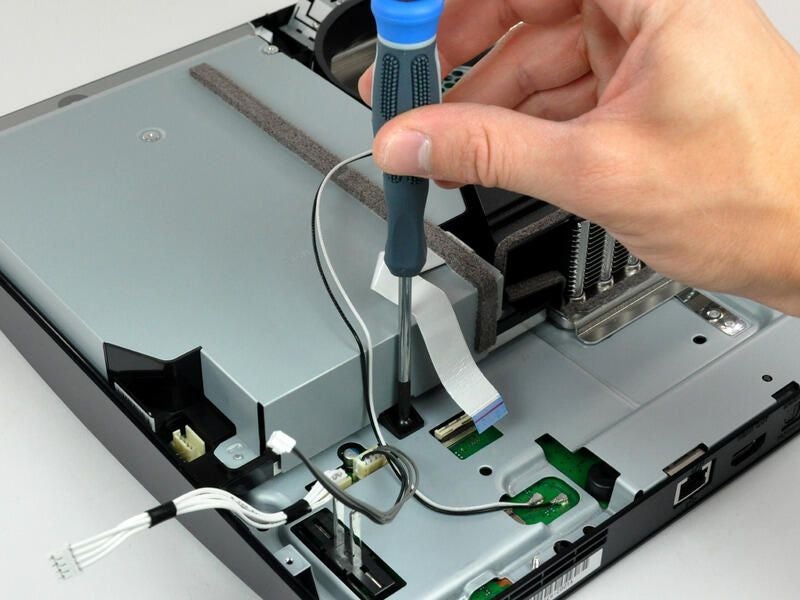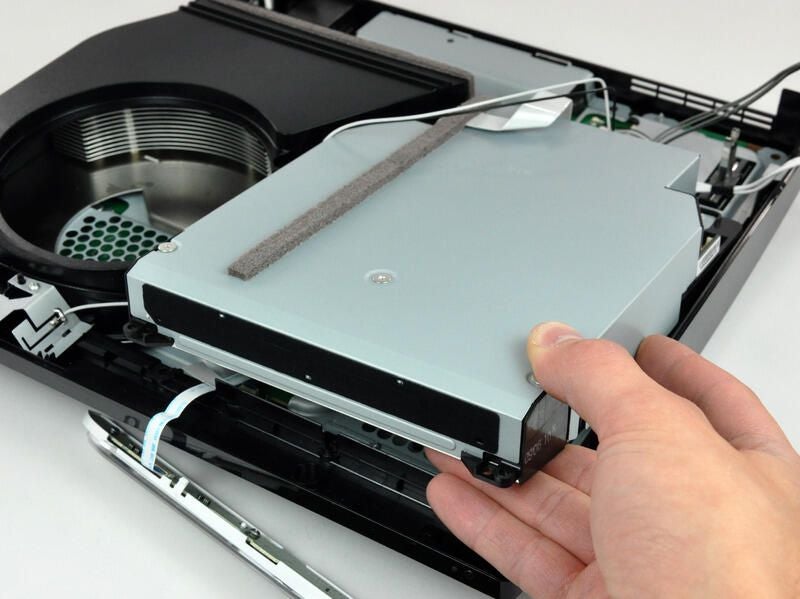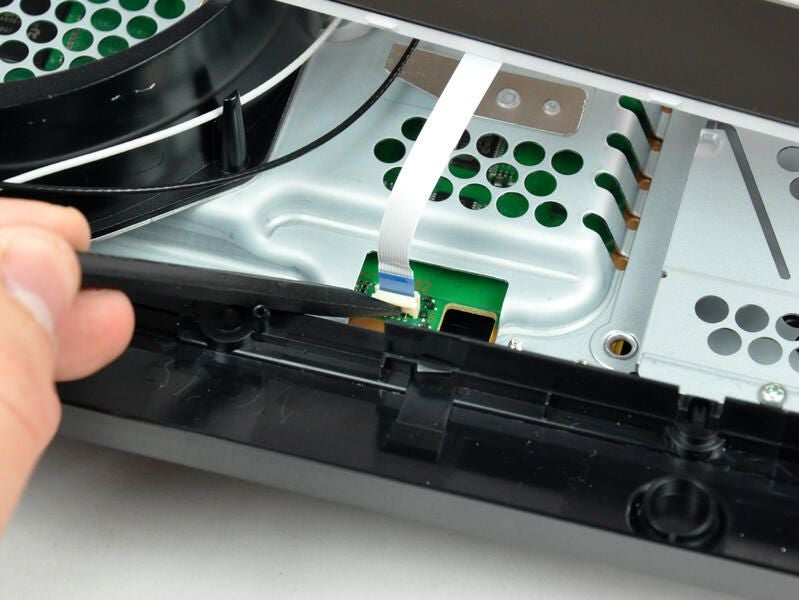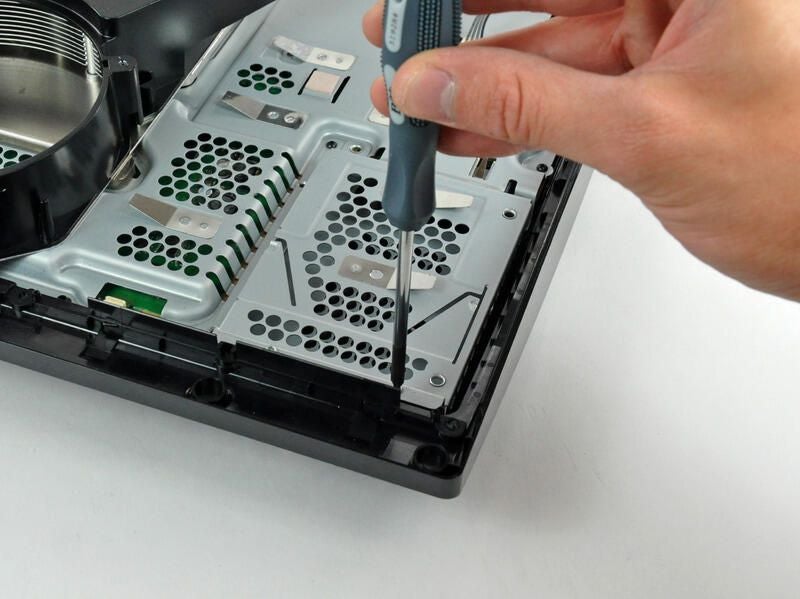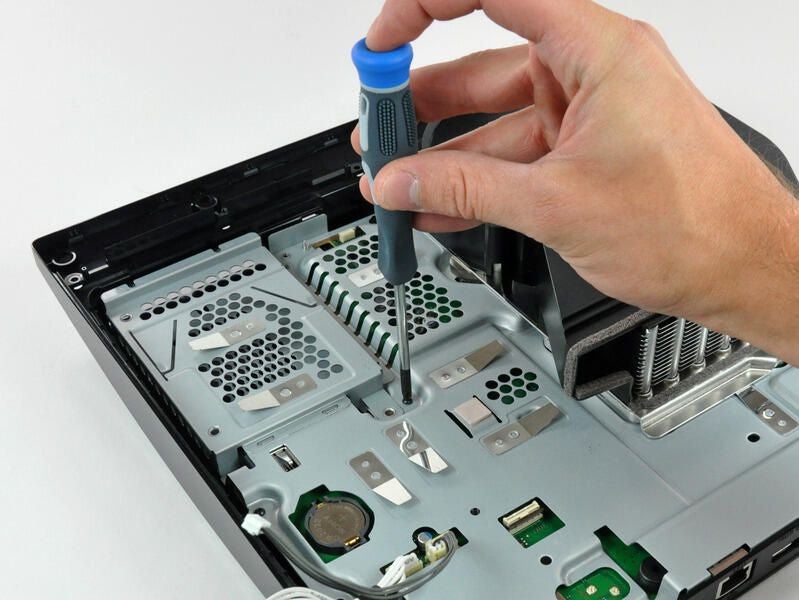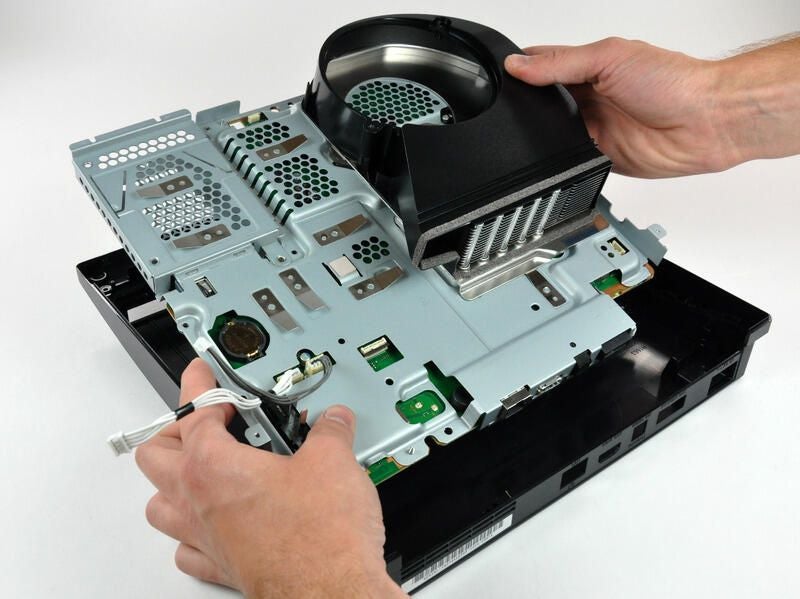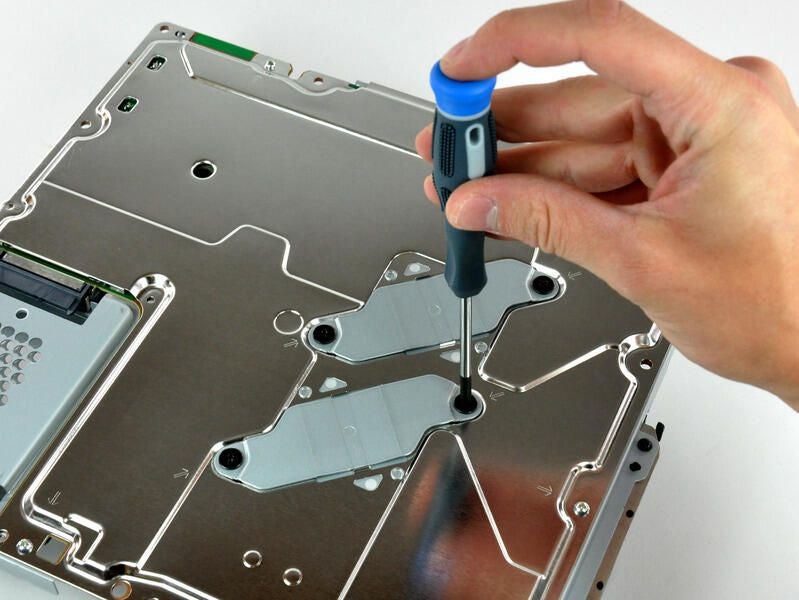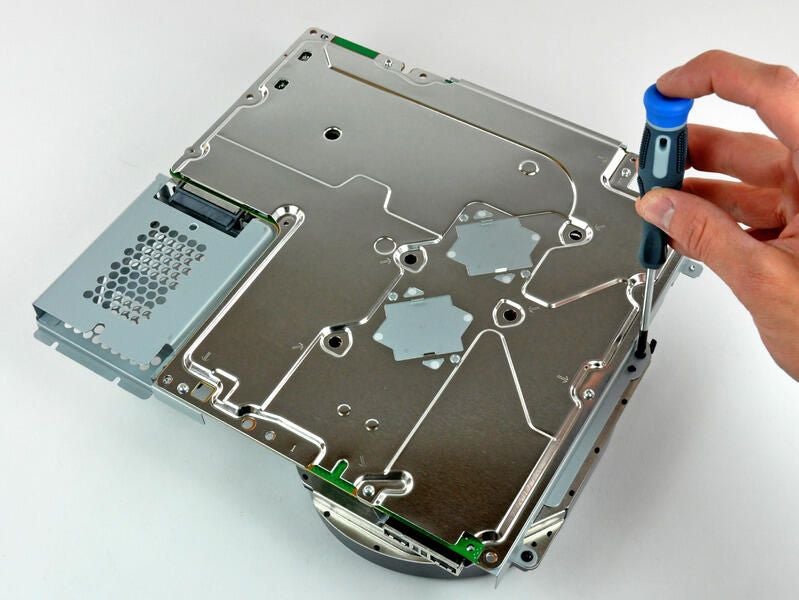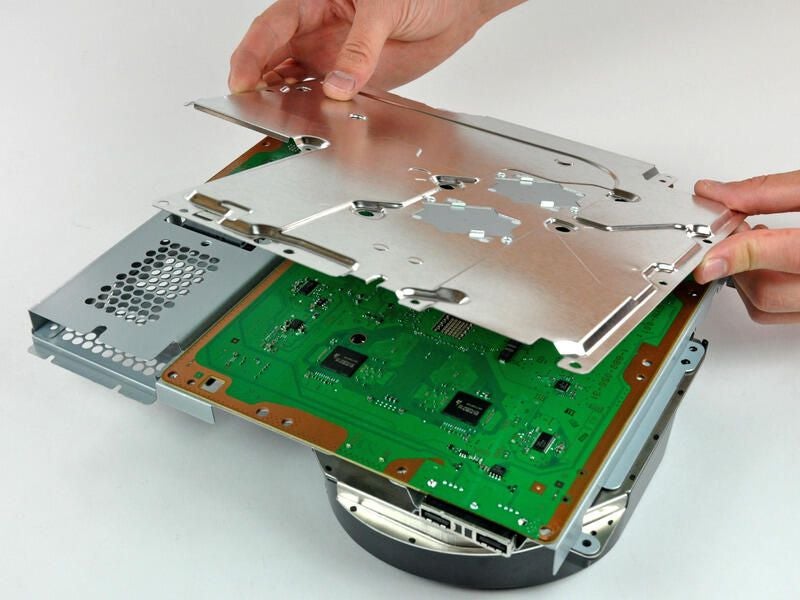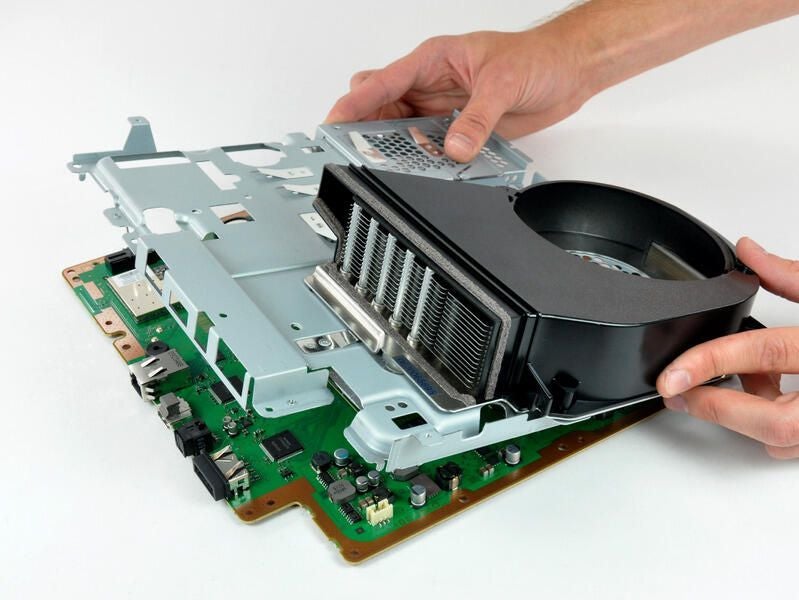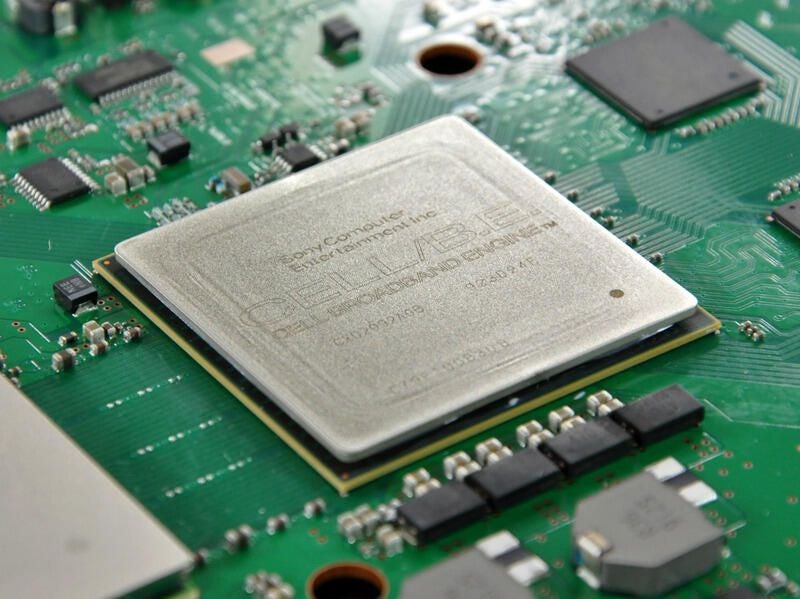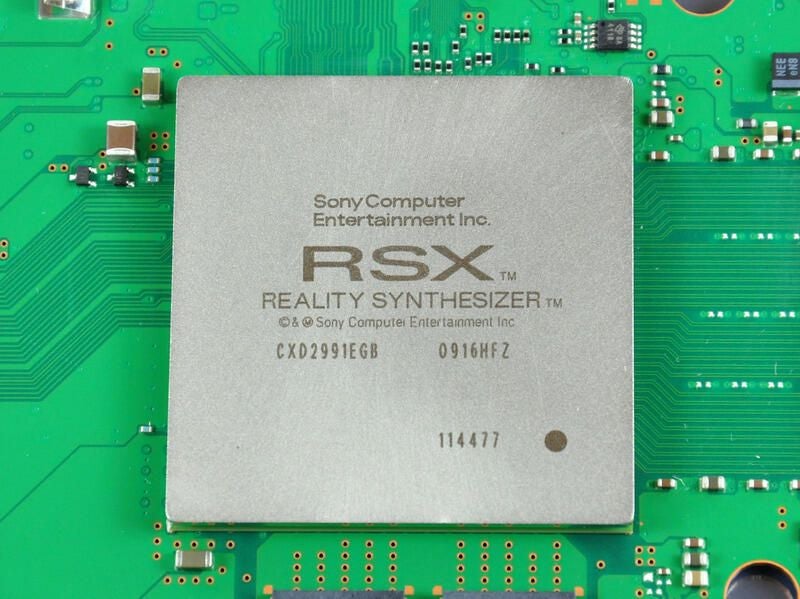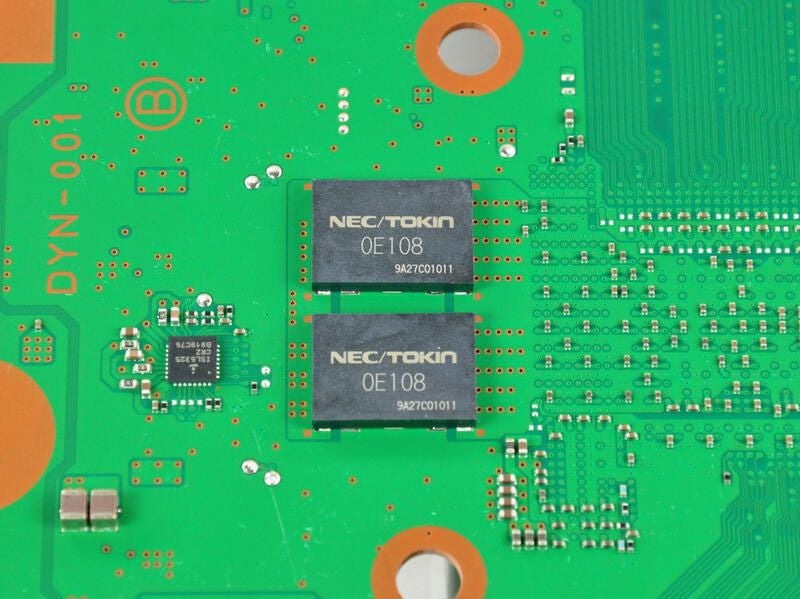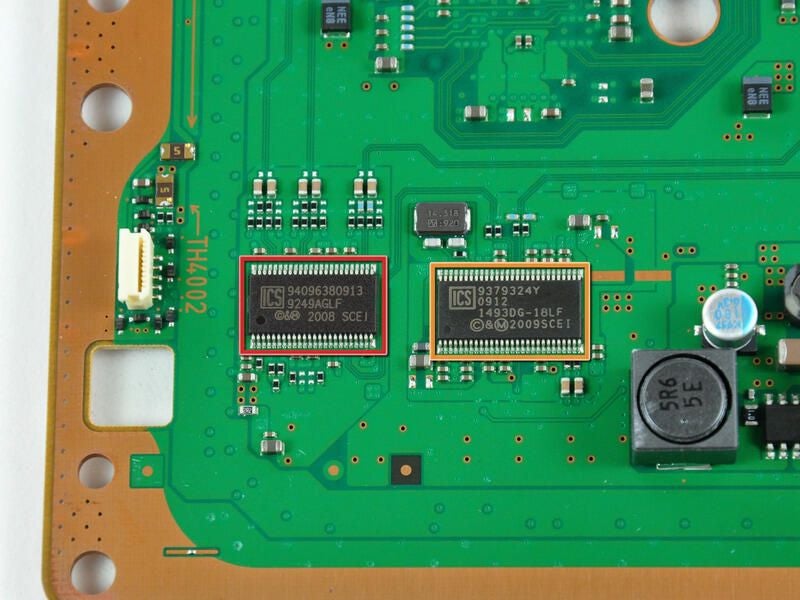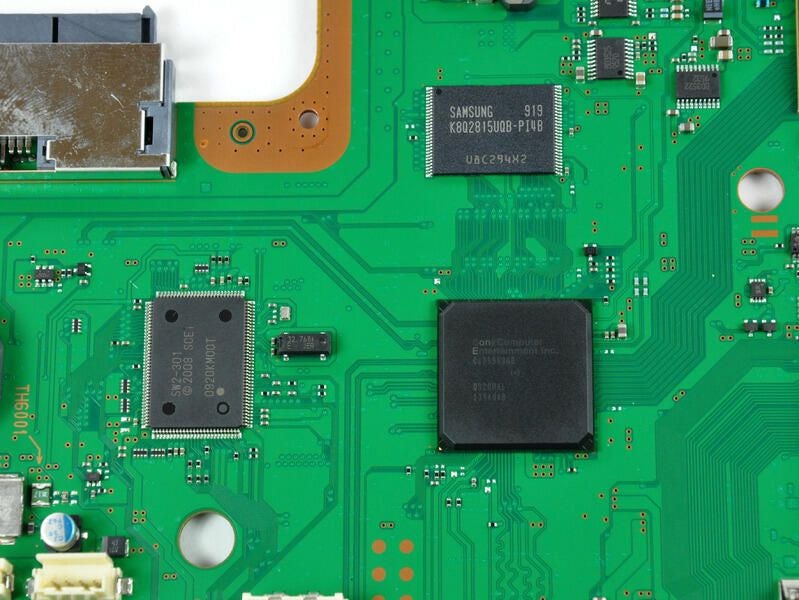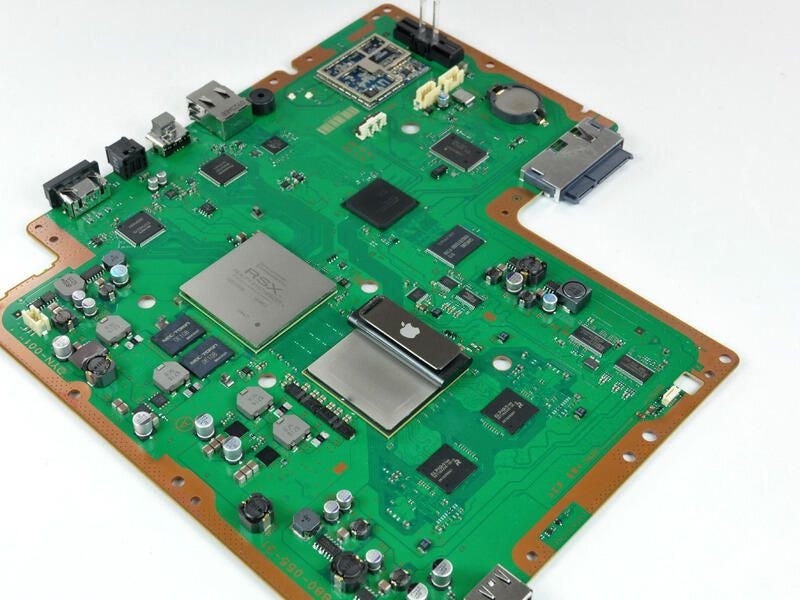Cracking Open the PlayStation 3 Slim
Image 1 of 43
Teardown
With the help of our friends over at iFixit, TechRepublic presents a cracked open look at the inside of Sony’s dramatically redesigned, cooler, sleeker PlayStation 3 Slim.
Photo by iFixit, used by permission. The original iFixit Teardown Photo Gallery can be found here.
iFixit is a one-stop-shop for the parts, tools, and repair manuals needed to fix iPods, iPhones, Macs, and more. They make it easy for anyone to repair their Apple hardware.
Glamour shot
Photo by iFixit, used by permission. The original iFixit Teardown Photo Gallery can be found here.
What you get
Along with the PS3 Slim you get:
- Sixaxis DualShock 3 controller
- RCA Cables
- USB Cable
- Power Cord
- QuickStart Guide and Instruction Manual
- Welcome to PS3 and PS Network Blu-ray Disc
- One of those “Guide to Video Game Ratings” guides that nobody gives a [redacted] about.
Photo by iFixit, used by permission. The original iFixit Teardown Photo Gallery can be found here.
Contents listed
Photo by iFixit, used by permission. The original iFixit Teardown Photo Gallery can be found here.
Hard drive cover
Next, remove the hard drive cover.
Photo by iFixit, used by permission. The original iFixit Teardown Photo Gallery can be found here.
Warranty removal
Photo by iFixit, used by permission. The original iFixit Teardown Photo Gallery can be found here.
Tab
Under the warranty sticker is another screw.
Photo by iFixit, used by permission. The original iFixit Teardown Photo Gallery can be found here.
7 screws
Seven Phillips screws need to be removed from the bottom. Interestingly enough, the rubber pad on the front-right corner of the PS3 has no screw hidden underneath it. Imagine our surprise when we removed it!
Photo by iFixit, used by permission. The original iFixit Teardown Photo Gallery can be found here.
Opening
Photo by iFixit, used by permission. The original iFixit Teardown Photo Gallery can be found here.
Still opening
Photo by iFixit, used by permission. The original iFixit Teardown Photo Gallery can be found here.
MEGA FAN revealed!
This 12V, 1.3A monster rivals the best fans found in desktop PC machines. Sony spared no expense.
Photo by iFixit, used by permission. The original iFixit Teardown Photo Gallery can be found here.
Closeup of the massive fan
This is a brushless DC motor, which is fairly standard for fans in devices like this. Brushless motors are quieter than more traditional fans, but require fine computer control to function. It is not a maglev fan like Apple is known to use, however.
Photo by iFixit, used by permission. The original iFixit Teardown Photo Gallery can be found here.
Closeup of the controller antennas
The Bluetooth and WLAN antennas, intentionally three-dimensional in design, are attached to the lower case with Phillips screws.
Photo by iFixit, used by permission. The original iFixit Teardown Photo Gallery can be found here.
Disconnecting the power
Photo by iFixit, used by permission. The original iFixit Teardown Photo Gallery can be found here.
Disconnecting the other power connection
The AC inlet cable is devoid of a third ‘ground’ pin, surprising for a unit that draws nearly 250W.
Photo by iFixit, used by permission. The original iFixit Teardown Photo Gallery can be found here.
Removing the power supply
Photo by iFixit, used by permission. The original iFixit Teardown Photo Gallery can be found here.
Removing the power supply
This is quite a bit smaller than the original PS3’s power supply, and presumably has better thermal characteristics.
Photo by iFixit, used by permission. The original iFixit Teardown Photo Gallery can be found here.
Voltage
Much to the relief of users worldwide, the power supply is designed for inputs ranging from 100V to 240V AC.
Photo by iFixit, used by permission. The original iFixit Teardown Photo Gallery can be found here.
Digging deeper into power supply
Photo by iFixit, used by permission. The original iFixit Teardown Photo Gallery can be found here.
Power supply exposed
This is a startlingly compact unit. It will be interesting to see what the thermal dissipation is like. This puppy cranks out 18 amps at 12V DC! Fingers beware.
Photo by iFixit, used by permission. The original iFixit Teardown Photo Gallery can be found here.
Backside power supply
Photo by iFixit, used by permission. The original iFixit Teardown Photo Gallery can be found here.
Disconnect the fan
Photo by iFixit, used by permission. The original iFixit Teardown Photo Gallery can be found here.
Here it comes
Photo by iFixit, used by permission. The original iFixit Teardown Photo Gallery can be found here.
And here it is
This is the largest fan we’ve come across in a consumer electronics device of this size. Sony is really taking cooling quite seriously.
The ~95 mm diameter 17 blade impeller was definitely designed with quiet in mind. It is extremely stiff and presumably made of ABS plastic.
Photo by iFixit, used by permission. The original iFixit Teardown Photo Gallery can be found here.
Tape to remove
Photo by iFixit, used by permission. The original iFixit Teardown Photo Gallery can be found here.
More tape
Photo by iFixit, used by permission. The original iFixit Teardown Photo Gallery can be found here.
Give it a yank
Photo by iFixit, used by permission. The original iFixit Teardown Photo Gallery can be found here.
Another screw
Photo by iFixit, used by permission. The original iFixit Teardown Photo Gallery can be found here.
Blue-ray
iFixit disassembled the drive, and found that it appears to be a proprietary Sony-manufactured part.
Photo by iFixit, used by permission. The original iFixit Teardown Photo Gallery can be found here.
Yet another ribbon connection
Photo by iFixit, used by permission. The original iFixit Teardown Photo Gallery can be found here.
More screws on the way to logic board
Photo by iFixit, used by permission. The original iFixit Teardown Photo Gallery can be found here.
Keep going
Photo by iFixit, used by permission. The original iFixit Teardown Photo Gallery can be found here.
Logic board coming out
Photo by iFixit, used by permission. The original iFixit Teardown Photo Gallery can be found here.
EMI shield
The two identical matte finished brackets are designed to apply pressure to the center of the processors, keeping them firmly planted on their heat sinks.
Photo by iFixit, used by permission. The original iFixit Teardown Photo Gallery can be found here.
EMI shield coming off
Photo by iFixit, used by permission. The original iFixit Teardown Photo Gallery can be found here.
Work carefully
Photo by iFixit, used by permission. The original iFixit Teardown Photo Gallery can be found here.
And we have separation
Photo by iFixit, used by permission. The original iFixit Teardown Photo Gallery can be found here.
Cell processor
Photo by iFixit, used by permission. The original iFixit Teardown Photo Gallery can be found here.
RSX Reality Synthesizer
Photo by iFixit, used by permission. The original iFixit Teardown Photo Gallery can be found here.
Two of the four NEC/TOKIN 0e108 capacitors
Photo by iFixit, used by permission. The original iFixit Teardown Photo Gallery can be found here.
Clock generators
(Orange) Clock generator (1): ICS 9249AGLF
(Yello) Clock generator (2): ICS 1493DG
Photo by iFixit, used by permission. The original iFixit Teardown Photo Gallery can be found here.
Support chips
Samsung K8Q2815UQB-PI4B
SW2-301 0920KMOOT
Sony CXD9963G8
Photo by iFixit, used by permission. The original iFixit Teardown Photo Gallery can be found here.
Shuffle comparison
iFixit put the latest iPod Shuffle on top of the processor. The shuffle is just slightly longer, but the overall area of the processor is vastly larger.
Photo by iFixit, used by permission. The original iFixit Teardown Photo Gallery can be found here.
-
Account Information
Contact Mark W. Kaelin
- |
- See all of Mark W.'s content
